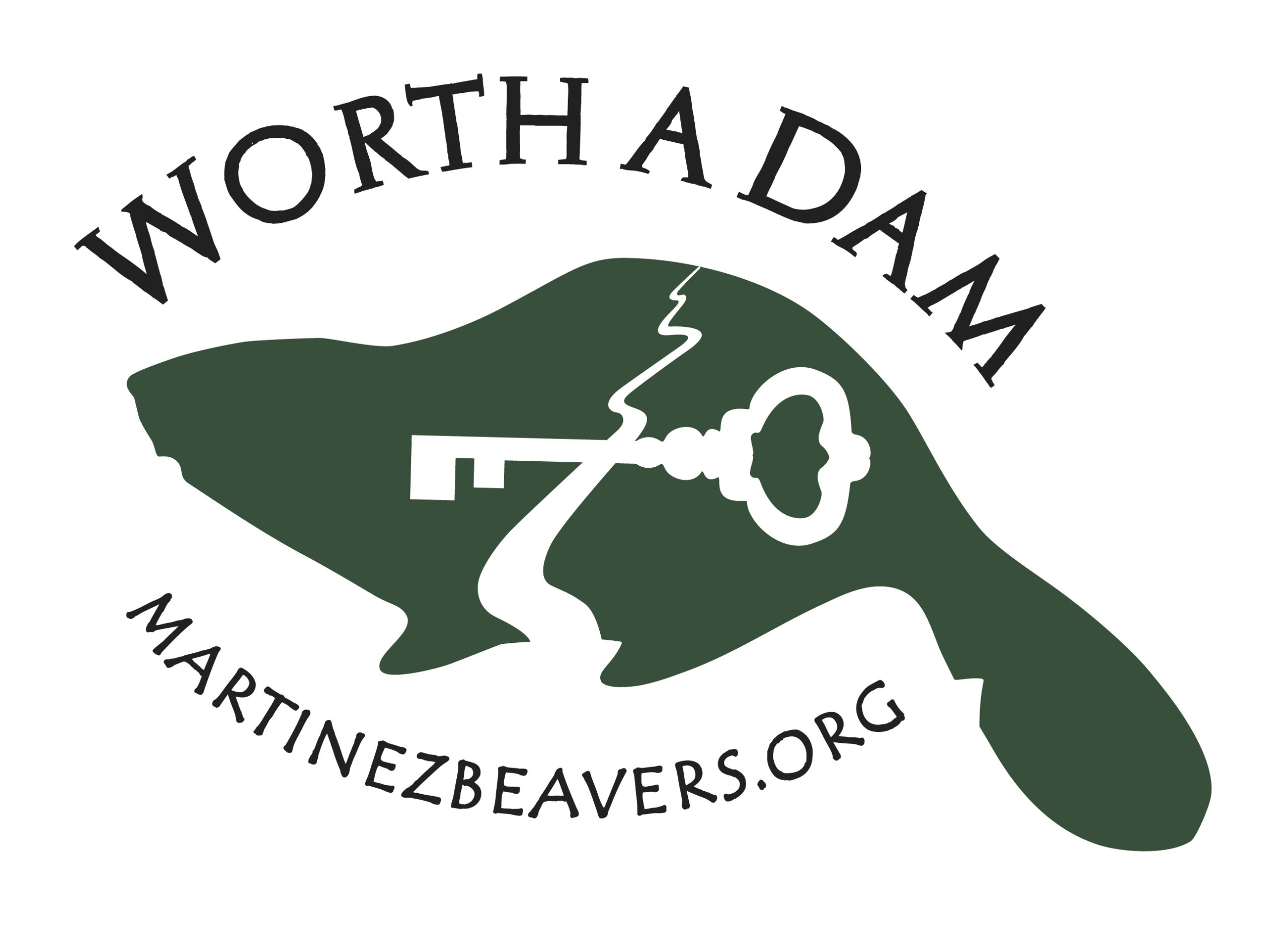
Yesterday I received an excellent surprise. An early copy of Frances Backhouse newest book “Once they were hats”. If her name sounds vaguely familiar it’s because she was the journalist responsible for that excellent article in the Canadian Geographic a couple years ago, “Rethinking beaver“.
 I wrote about that article in December of 2012 and said she did a stellar job of recounting the benefits but noted that since people were very lazy she needed to spend time focusing on how problems were solvable – because it didn’t matter how good they were if people thought their challenges couldn’t be fixed. She must have listened, because we crossed paths again at the Beaver Management Forum, and that’s how I received the early copy of this book.
I wrote about that article in December of 2012 and said she did a stellar job of recounting the benefits but noted that since people were very lazy she needed to spend time focusing on how problems were solvable – because it didn’t matter how good they were if people thought their challenges couldn’t be fixed. She must have listened, because we crossed paths again at the Beaver Management Forum, and that’s how I received the early copy of this book.
Grey Owl would be happy to note that Canada’s beaver journey has taken a leap forward in the past 5 years, starting with Glynnis Hood’s Beaver Manifesto in 2011, then the Canadian Geographic article in 2012, Jari Osborne’s “Beaver Whisperer” on the CBC 2013, and its American version on PBS in 2014. This year saw Michael Runtz book and now Frances’ arrival. It’s all been pretty exciting for a beaver-phile like me.
Here’s how the publisher describes her book, I will tell you my thoughts just as soon as I turn every page.
Discover deeper truths and quirky facts that cast new light on this keystone species
Beavers, those icons of industriousness, have been gnawing down trees, building dams, shaping the land, and creating critical habitat in North America for at least a million years. Once one of the continent’s most ubiquitous mammals, they ranged from the Atlantic to the Pacific, and from the Rio Grande to the edge of the northern tundra. Wherever there was wood and water, there were beavers — 60 million (or more) — and wherever there were beavers, there were intricate natural communities that depended on their activities. Then the European fur traders arrived.
In Once They Were Hats, Frances Backhouse examines humanity’s 15,000-year relationship with Castor canadensis, and the beaver’s even older relationship with North American landscapes and ecosystems. From the waterlogged environs of the Beaver Capital of Canada to the wilderness cabin that controversial conservationist Grey Owl shared with pet beavers; from a bustling workshop where craftsmen make beaver-felt cowboy hats using century-old tools to a tidal marsh where an almost-lost link between beavers and salmon was recently found, Backhouse goes on a journey of discovery to find out what happened after we nearly wiped this essential animal off the map, and how we can learn to live with beavers now that they’re returning.
If you have as little patience for all things beaver as I do, you can preorder your copy here or here. I found a nice interview with Frances concerning one of the heroines from her previous book “Women of the Klondike” I think you’ll enjoy.
Now, you’re on your own because I have some important reading to do.





